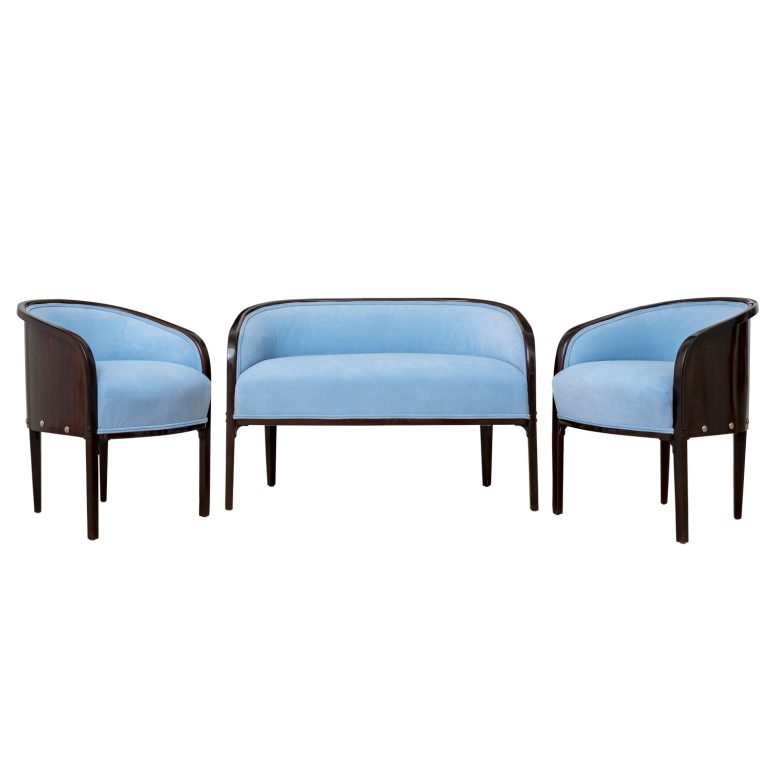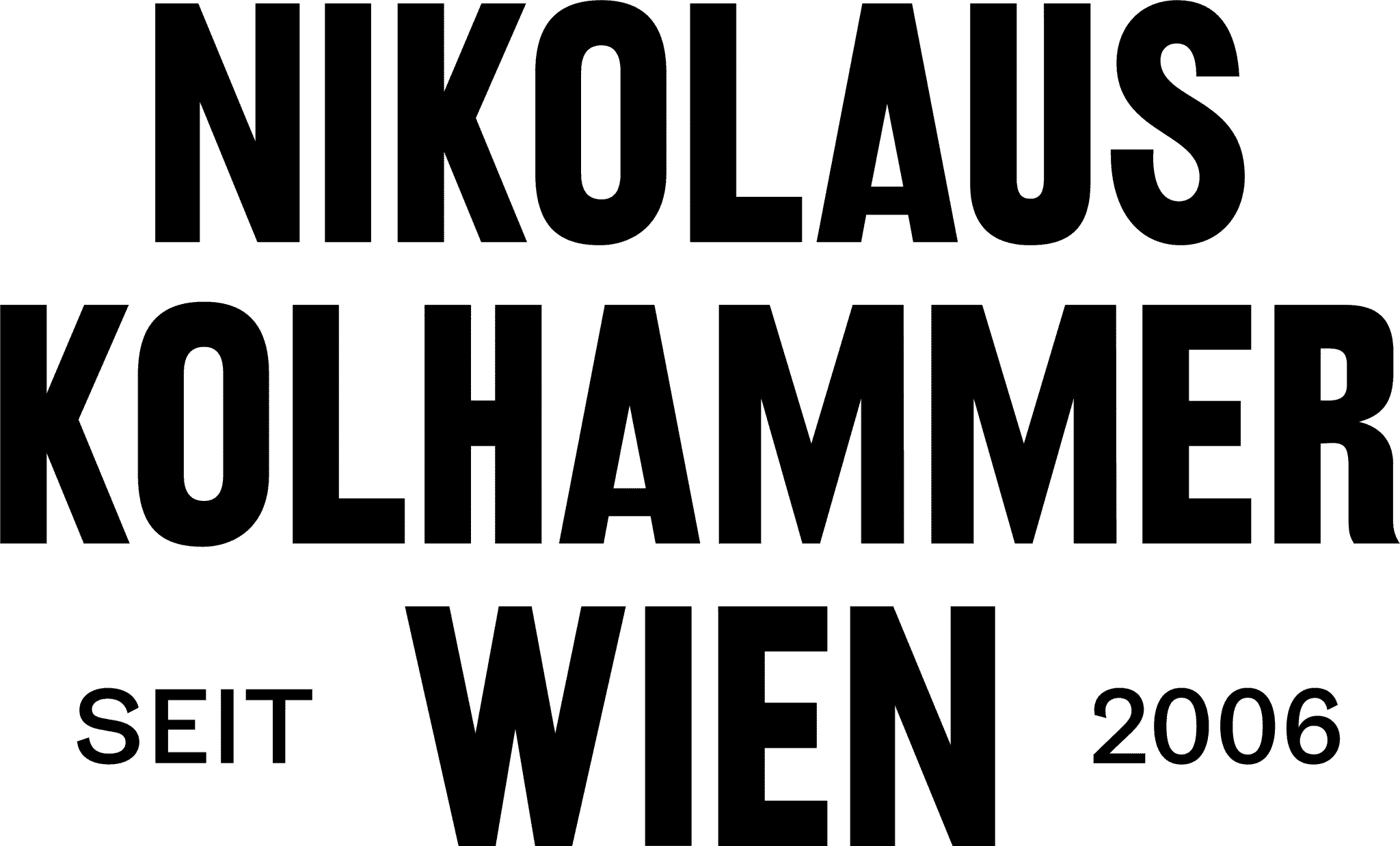Two chairs and secretary Josef Hoffmann J. & J. Kohn ca. 1908
Two chairs and secretary for a bedroom, design Josef Hoffmann for Kunstschau Vienna 1908, executed by J. & J. Kohn Vienna, Mahagony, circa 1908
bib.: contemporary photograph of the two chairs in Markus Kristan, Kunstschau Wien 1908, Verlag der Provinz publ., Weitra 2016, p. 174; documented photograph of secretary in the Magazin “Deutsche Kunst”, 1908; C. Thun-Hohenstein, M. Boeckl, R. Franz, C. Witt-Dörring (ed.), Josef Hoffmann. Fortschritt durch Schönheit (Josef Hoffmann. Progress through beauty), exhibition catalogue, Museum of Applied Arts, Vienna, Birkhauser publ., Basel 2021, p. 182
Description
In 1908, for the 60 years jubilee of the Austrian Emperor Franz Joseph, artists of the “Klimt Group” organized the Kunstschau, a major exhibition, which was considered a groundbreaking event for Viennese Modernism. Among other contributions, Josef Hoffmann designed the architecture and interior of a “Country House”. This rare secretary with two matching chairs was part of the “Bedroom for a Country House” located on the second floor. A photograph from the Kunstschau shows insights into this room. The country house’s entire furnishing was produced by J. & J. Kohn, a company specializing in furniture made of bent beechwood. This elaborately designed, secessionist furniture was an exception in Kohn’s production: precious woods like mahogany and ebonized fruitwoods were combined with bent beechwood. Due to the high quality of craftsmanship, it can be assumed that this piece of furniture was not mass-produced. Highly sophisticated design is evident in the mechanism in the commode’s top drawer. At the touch of two buttons, it transforms the commode into a secretary. The pull-out drawers are fitted with ball knobs, a common feature in Josef Hoffmann’s earlier designs. Large brass fittings used as drawer handles combined with French marble enhance the elegant, upper-class character of this secessionist furniture.
Artist
Josef Hoffmann (Brtnice 1870 - 1956 Vienna), co-founder of the Viennese Secession and of the Wiener Werkstätte, was an extremely productive and versatile architect and designer. Throughout his career he experimented with various forms, techniques and materials. In his designs, he was striving for a strong reduction of the form to the essential and was a pioneer of geometric Jugendstil. This is how his characteristic geometric style was established. The scope of his designs ranges from buildings and entire interiors, following the concept of the “Gesamtkunstwerk” (total work of art), all the way to small details of everyday life. One of his most significant works is the Palais Stoclet in Brussels, a Gesamtkunstwerk which he executed for a wealthy entrepreneur between 1905 and 1911 in collaboration with, among others, Gustav Klimt and Koloman Moser.
Execution
The Moravian company Jacob & Josef Kohn, originally specialized in the wood trade, expanded its business activities from 1867 to include the production of bentwood furniture. Until that time, the company “Gebrüder Thonet” had a monopoly on the production of bentwood furniture. With this new technique, beech wood was bent into the desired shape under the effect of steam and thus enabled the serial production of modern utility furniture. With the innovative idea of having their furniture designed by important designers of Viennese Modernism, J. & J. Kohn became one of Thonet's strongest competitors. The company commissioned some of the most sought-after architects of the time, such as Otto Wagner, Adolf Loos, Josef Hoffmann, Koloman Moser and Gustav Siegel, to design furniture. With their high-quality furnishings, the company was successful at many world exhibitions (World Exhibition in Vienna 1873, World Exhibition in Paris 1900, International Exhibition in Turin 1902, to name but a few). Aesthetically in tune with the times, the modern furniture from J. & J. Kohn became popular with the wealthy middle classes throughout Europe and overseas. The great international success was also due to the dense distribution network of the company, with branches in all major European cities. With the company motto "semper sursum" (always upwards) Jacob & Josef Kohn advanced to become one of the most successful furniture manufacturers in the Austro-Hungarian Monarchy. Seating sets, display cabinets and typical Jugendstil living accessories (tiered tables, flower columns, shelves, etc.) from the period up to around 1914 with the original label or brand stamp "Jacob & Josef Kohn, Wien" are today sought-after collector's items worldwide.
Inquiry
By submitting the inquiry form, you agree to the use of your data for this inquiry. Privacy Policy

















